_lowres.jpg)
Back
Alstonia scholaris (L.) R. Br.
| Family Name: | Apocynaceae |
| Synonyms: | Echites scholaris L. |
| Common Name: | Pulai, White Cheesewood, Blackboard Tree, Milkwood Pine, 糖胶树 |
Alstonia scholaris is a tree that can grow up to 60 meters tall. It produces white to yellowish cream flowers that can be strongly scented during intense flowering periods. The tree yields Pulai timber, which is used to craft household items and produce high-quality paper.
Name
Classifications and Characteristics
| Plant Division | Angiosperms (Flowering Seed Plants) (Dicotyledon) |
|---|---|
| Plant Growth Form | Tree |
| Lifespan (in Singapore) | Perennial |
| Mode of Nutrition | Autotrophic |
| Plant Shape | Tiered |
| Maximum Height | 60 m |
| Maximum Plant Spread / Crown Width | 10 m |
| Tree or Palm – Trunk Diameter | 1.3 m |
Biogeography
| Native Distribution | India, Nepal, Bangladesh, Sri Lanka, Bhutan, Pakistan, Myanmar, China, Thailand, Cambodia, Laos, Vietnam, throughout Malesia (excluding Singapore), Australia and the Solomon Islands. |
|---|---|
| Native Habitat | Terrestrial (Primary Rainforest, Secondary Rainforest, Monsoon Forest) |
| Preferred Climate Zone | Tropical, Sub-Tropical / Monsoonal |
| Local Conservation Status | Non-native |
Description and Ethnobotany
| Growth Form | It is a tree, up to 50 (– 60) m tall and 80 (– 130) cm diameter. It can be fluted at the base or develops buttresses which can reach up to 10 m tall and spreading for up to 4 m at the base. It produces white sap when any parts of the plant are injured. |
|---|---|
| Foliage | The leaves are narrowly elliptic to obovate, measuring 5 – 22 cm long and 1.5 – 8.5 cm wide, and arranged in whorls of 4 – 8 (– 9). Each leaf has 25 – 45 (–55) pairs of lateral veins which are almost straight and form an angle of 80–90º with the midrib. The leaf tip can be obtuse, rounded or retuse in mature trees while young trees are observed to have tapering leaf tip of up to 1 cm (shortly acuminate). The leaf base is usually decurrent onto the petiole and sometimes acute or obtuse. Petiole is 0.5 – 2 cm long, slightly winged with intrapetiolar stipule at the base and deltoid colleters in the axils. |
| Flowers | Inflorescence is branched (cymose), measuring 4 – 13 (– 17) cm long, and occurs at the terminal ends. The flowers are white, yellow or cream and are fragrant. The flower lobe is broadly ovate or suborbicular (3 – 5 mm long and 2.5 – 4.5 mm wide) and overlaps to the left. The flowers are strongly scented and have the potential to cause sensitivities in certain individuals during intense flowering periods. |
| Fruit | The fruit consists of a pair of follicles, each measuring about 20 – 40 (– 63) cm long and 0.2 (– 0.25) cm wide. It splits open at maturity to reveal winged seeds inside. |
| Habitat | It is found in rainforest, savannahs, along streams, coastal plains or montane forests, up to 1230m altitude. |
| Associated Fauna | It is pollinated by insects. |
| Cultivation | It can be propagated by seed and thrives in well-drained soil. |
| Etymology | The genus Alstonia commemorates Charles Alston (1685 – 1760), a professor of botany at Edinburgh University. Specific epithet scholaris, in Latin, means school, referring to the use of the wood for making slates for writing. |
| Ethnobotanical Uses | Medicinal: <b> Traditional Medicinal Uses </b> In Southeast Asia, it is used in traditional medicine to treat a wide variety of conditions, such as diarrhea, stomach ache, snake bites <4>. In Australia, aborigines used the bark to treat abdominal pains, dysentery and fever, and the latex to treat neuralgia and toothache <1>. In India, different parts of the plant are used to treat a wide variety of conditions such malaria, jaundice and gastrointestinal troubles. <3> It is important to note that some therapeutic effects from traditional medicinal uses of plants are not currently supported or verified by scientific research. Timber & Products: It produces Pulai timber, which is used for household items and high quality paper <7>. Others: Heritage Tree : There are currently one individual of Alstonia scholaris listed as Heritage Trees in Singapore. It can be found on Sentosa. To find out more, please visit the Heritage Tree Register. |
Landscaping Features
| Landscaping | It is commonly cultivated in Singapore for ornamental purpose. |
|---|---|
| Desirable Plant Features | Ornamental Flowers, Ornamental Foliage, Fragrant |
| Landscape Uses | General, Suitable for Roadsides, Shade Providing Tree / Palm |
| Thematic Landscaping | Fragrant / Aromatherapy Garden |
| Usage Hazard - Cons | Irritant - Sap, Irritant - Nasal Allergy |
| Usage Hazard - Cons Remarks | It produces white sap when any parts of the plant are injured. The flowers are strongly scented and have the potential to cause sensitivities in certain individuals during intense flowering. |
Fauna, Pollination and Dispersal
| Fauna Pollination Dispersal Associated Fauna | Butterfly-Attracting |
|---|---|
| Pollination Method(s) | Biotic (Fauna) |
| Seed or Spore Dispersal | Abiotic |
Plant Care and Propagation
| Light Preference | Full Sun |
|---|---|
| Water Preference | Moderate Water |
| Plant Growth Rate | Moderate |
| Rootzone Tolerance | Fertile Loamy Soils, Well-Drained Soils |
| Maintenance Requirements | Moderate |
| Propagation Method | Seed |
| Planting Distance | 12 m |
Foliar
| Foliage Retention | Evergreen |
|---|---|
| Mature Foliage Colour(s) | Green |
| Mature Foliage Texture(s) | Leathery |
| Foliar Type | Simple / Unifoliate |
| Foliar Arrangement Along Stem | Whorled |
| Foliar Attachment to Stem | Petiolate |
| Foliar Shape(s) | Non-Palm Foliage (Obovate, Elliptical) |
| Foliar Margin | Entire |
| Foliar Apex - Tip | Obtuse, Rounded, Retuse |
| Typical Foliar Area | Notophyll ( 20.25cm2 - 45 cm2 ) |
| Leaf Area Index (LAI) for Green Plot Ratio | 3.0 (Tree - Intermediate Canopy) |
Non - Foliar and Storage
| Trunk Type (Non Palm) | Woody |
|---|---|
| Bark Colour(s) | Grey when young, buff brown in mature trees |
| Stem Type & Modification | Woody |
| Root Type | Underground |
Floral (Angiosperm)
| Flower & Plant Sexuality | Bisexual Flowers |
| Flower Colour(s) | Cream / Off-White |
|---|---|
| Flower Grouping | Cluster / Inflorescence |
| Flower Location | Terminal |
| Flower Symmetry | Radial |
| Inflorescence Type | Cyme |
| Flowering Habit | Polycarpic |
Fruit, Seed and Spore
| Mature Fruit Colour(s) | Brown |
|---|---|
| Fruit Classification | Simple Fruit |
| Fruit Type | Dehiscent Dry Fruit , Follicle |
References
| References | <1> Forster, P.I. & Williams, J.B. (1996). Apocynaceae. In: Orchard, A.E. & Wilson, A., (eds) Flora of Australia Volume 28, Gentianales. Melbourne: CSIRO Australia <2> Hoang Van Sam, Nanthavong, K. & Kessler, P.J.A. (2004). Trees of Laos and Vietnam: a field guide to 100 economically or ecologically important species. Blumea 49: 201–349 <3> Khyade, M.S., Kasote, D.M. & Vaikos, N.P. (2014). Alstonia scholaris (L.) R. Br. and Alstonia macrophylla Wall. ex G. Don: A comparative review on traditional uses, phytochemistry and pharmacology. Journal of Ethnopharmacology 153: 1 – 18. <4> Middleton, D.J. (2004). Dipterocarpaceae. In: Soepadmo, E., Saw L.G. & Chung, R.C.K. (eds) Tree Flora of Sabah Sarawak, vol. 5, pp. 1–61. Malaysia: Forest Research Institute Malaysia (FRIM)/Sabah Forestry Department/Sarawak Forestry Department. <5> Middleton, D.J. (2007). Apocynaceae (subfamilies Rauvolfioideae and Apocynoideae). In: Nooteboom, H.P. (ed) Flora Malesiana, ser. 1, vol. 18, pp. 1–452. Leiden: Nationaal Herbarium Nederland <6> Middleton, D.J. (2011). Apocynaceae. In: Kiew, R., Chung, R.C.K., Saw, L.G., Soepadmo, E. & Boyce, P.C. (eds) Flora of Peninsular Malaysia, Series II: Seed Plants 2: 1–206. Kepong, Malaysia: Forest Research Institute Malaysia. <7> Middleton, D.J. & Rodda, M. (2019). Apocynaceae. In: Middleton, D.J., Leong-Škorničková, J. & Lindsay, S. (ed.) Flora of Singapore, vol. 13, pp. 421–630. Singapore: National Parks Board. |
|---|
Image Repository
Others
| Master ID | 1412 |
|---|---|
| Species ID | 2705 |
| Flora Disclaimer | The information in this website has been compiled from reliable sources, such as reference works on medicinal plants. It is not a substitute for medical advice or treatment and NParks does not purport to provide any medical advice. Readers should always consult his/her physician before using or consuming a plant for medicinal purposes. |

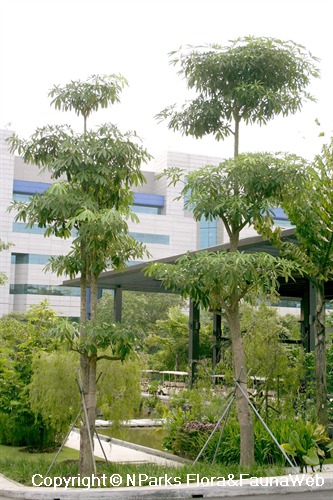
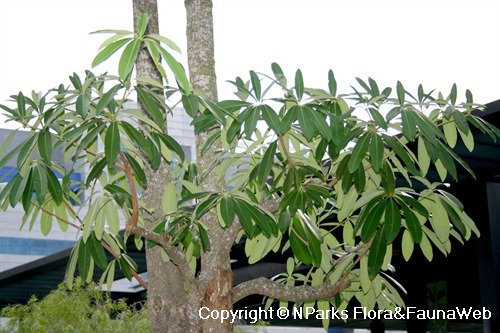
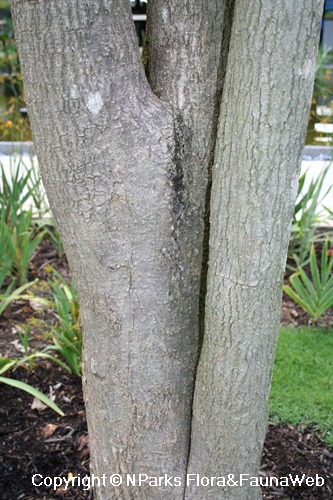
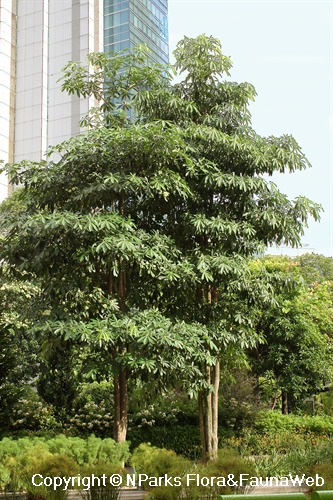
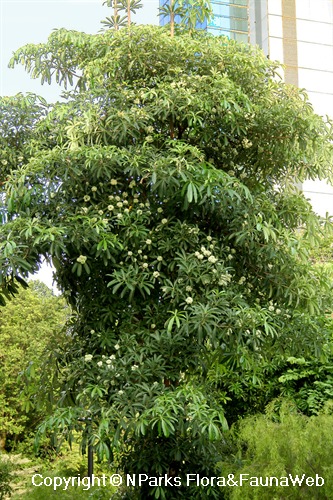
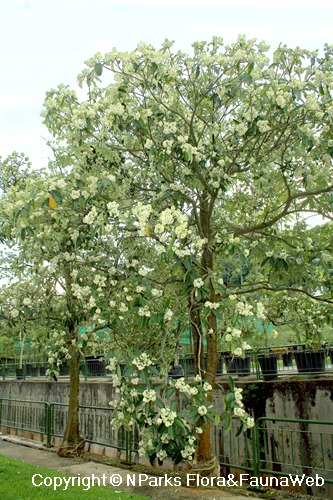
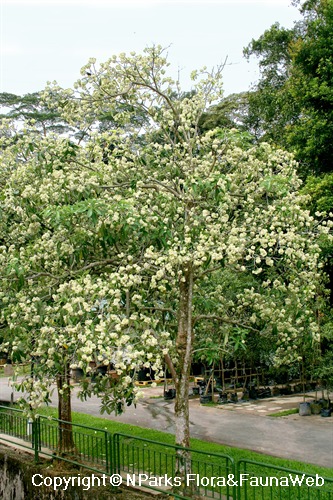
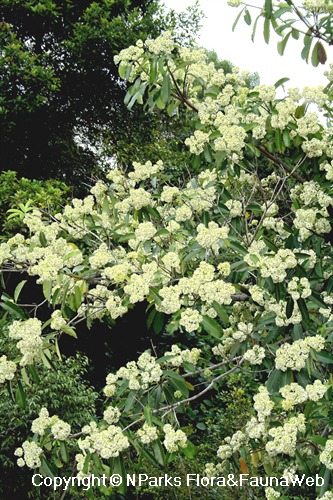
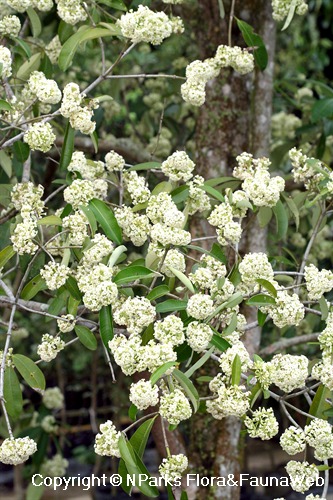
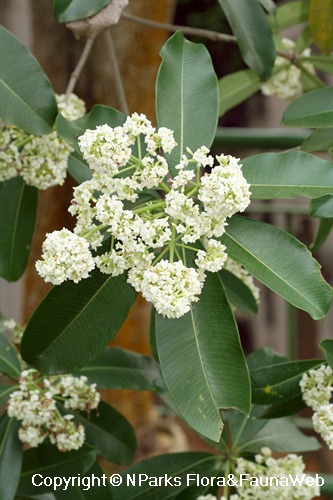
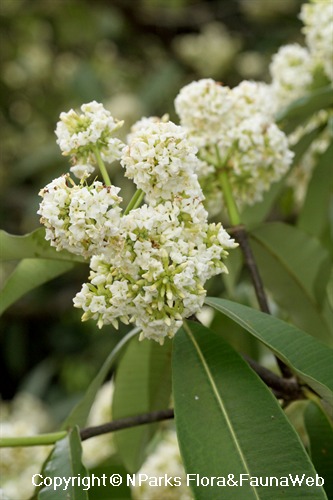
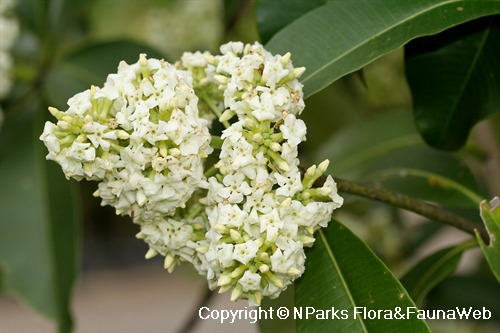
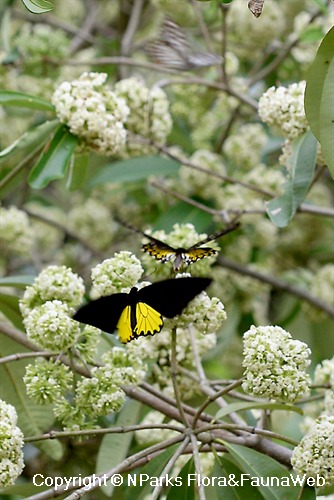
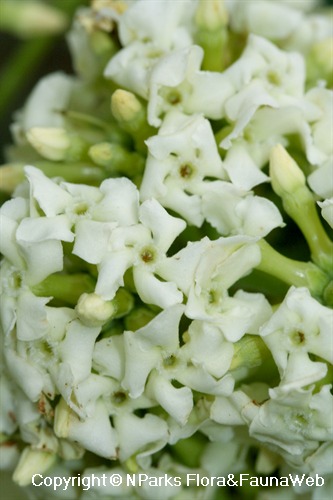
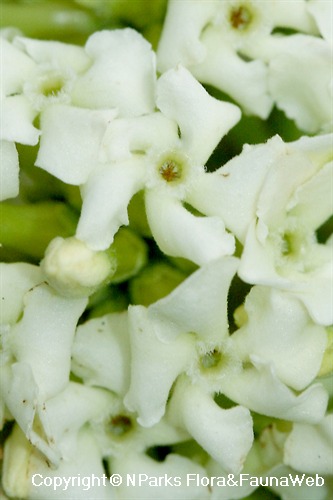
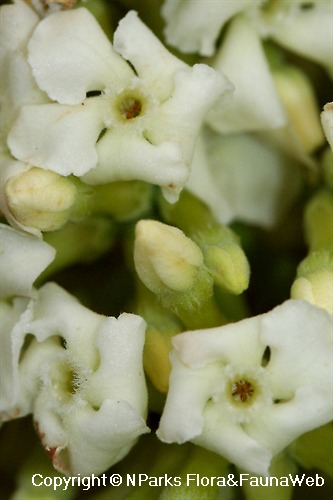
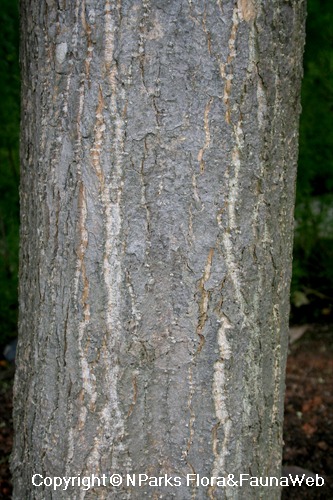
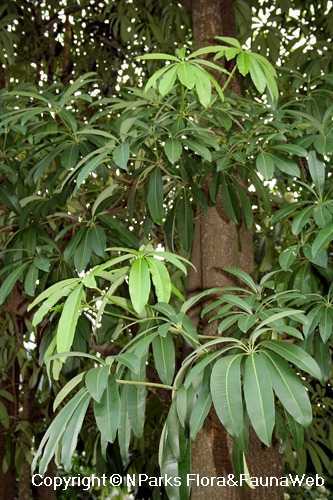
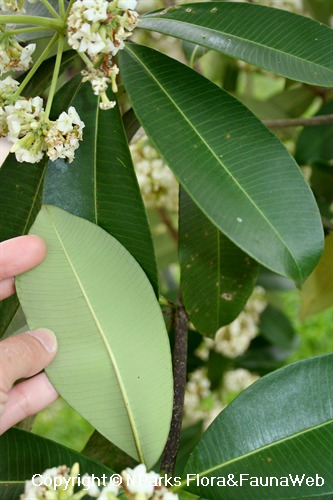
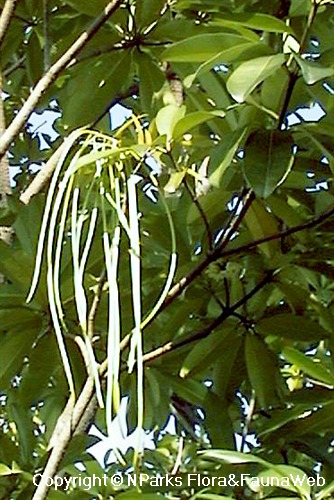
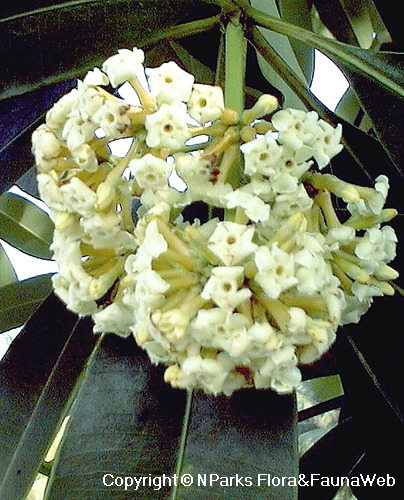
_lowres.jpg)
_lowres.jpg)
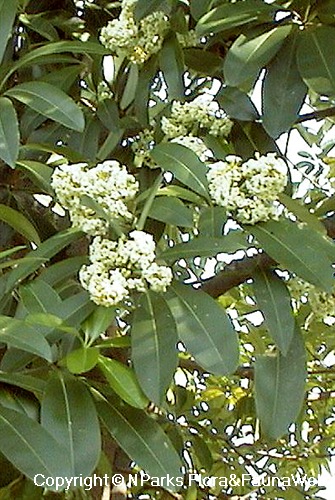
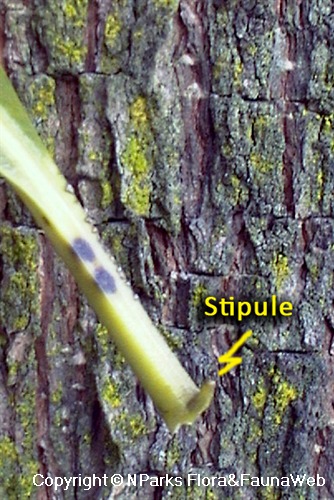
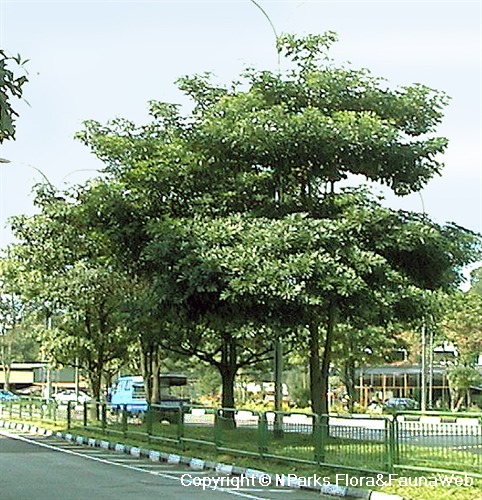
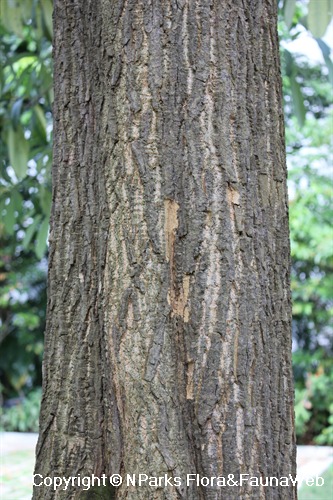
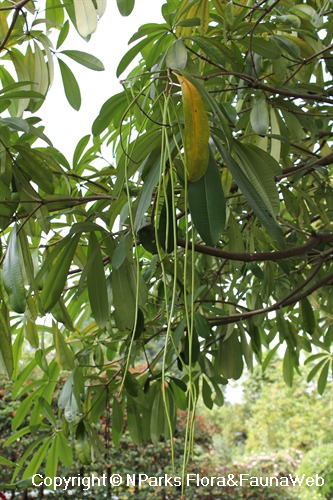
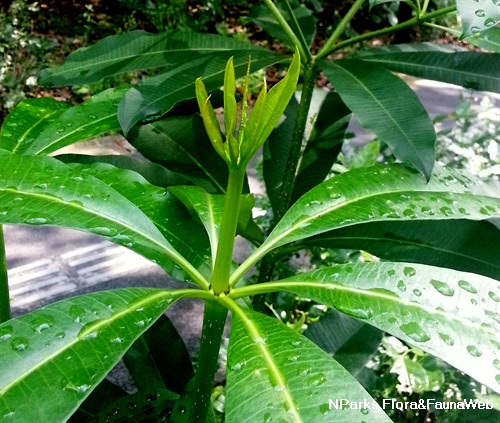
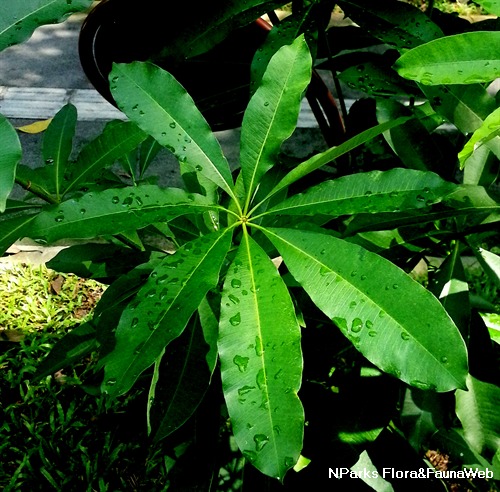
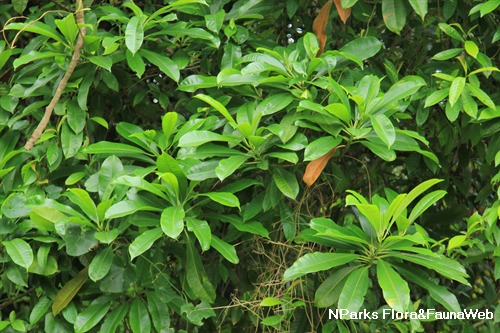
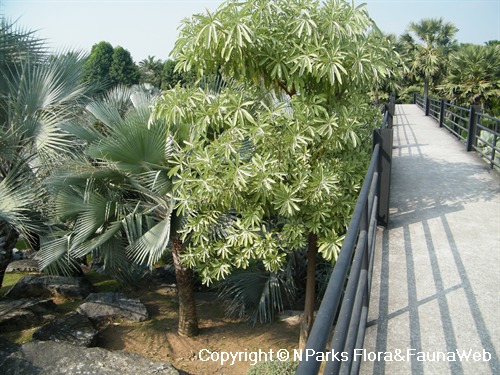
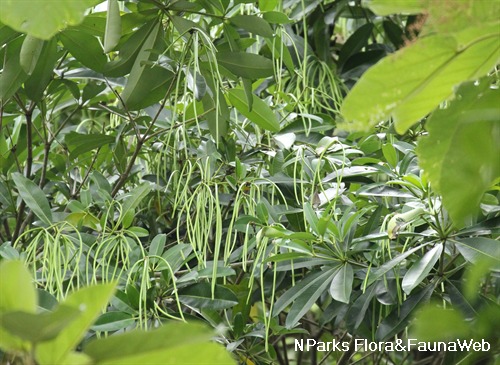
_lowres.jpg)